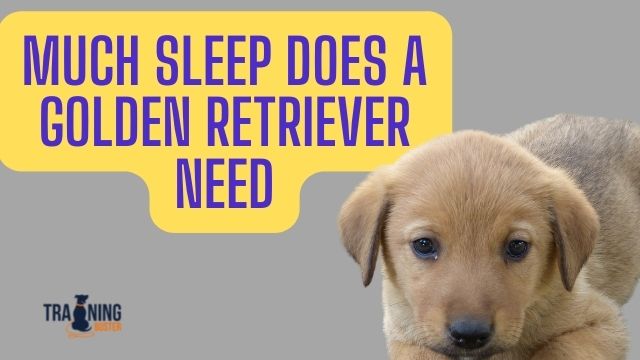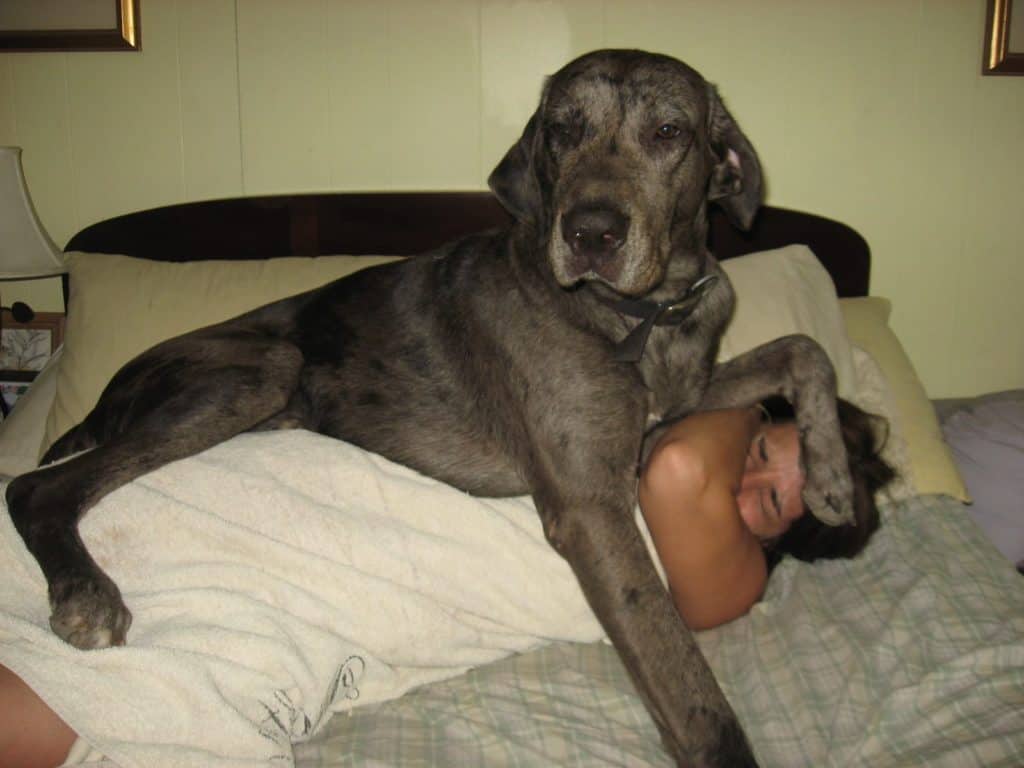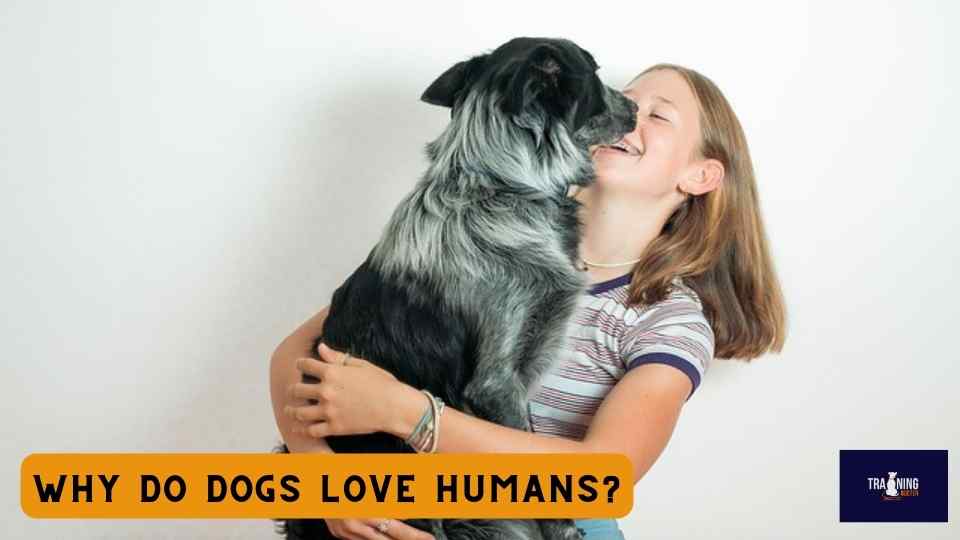
You love your dog. Your pooch is a cherished family member. You bring your dog to the vet, treat them, and scoop their poop.
You and your furry companion have such a strong emotional bond it can be difficult to imagine life without them. But why does your dog love you so much, anyway? Why do dogs love humans?
How did canines manage to build such an incredible bond with humankind? Could your dog survive without you? Let’s take a look at this:
How did the canine get so friendly?
There’s debate on exactly when this meaningful domestication process began. Some say your pooch started getting domesticated about 10,000 years ago, while others say it was more like 40,000 years ago.
Some even say there were two distinct dog domestication processes – one in Asia and another in Europe.
One theory on dog domestication is that ancient humans took in and raised some wolf pups, leading to the pups’ ancestors becoming the domesticated, playful, and friendly pooches we know today.
Another theory proposes that wolves domesticated themselves back when humans were hunter-gatherers – the “survival of the friendliest” idea.
Whatever idea you find most plausible, it’s clear that today’s domesticated dogs are well used to being around humans. Likewise, today’s canines are pretty adept at understanding our human behavior!
Could dogs survive without us?
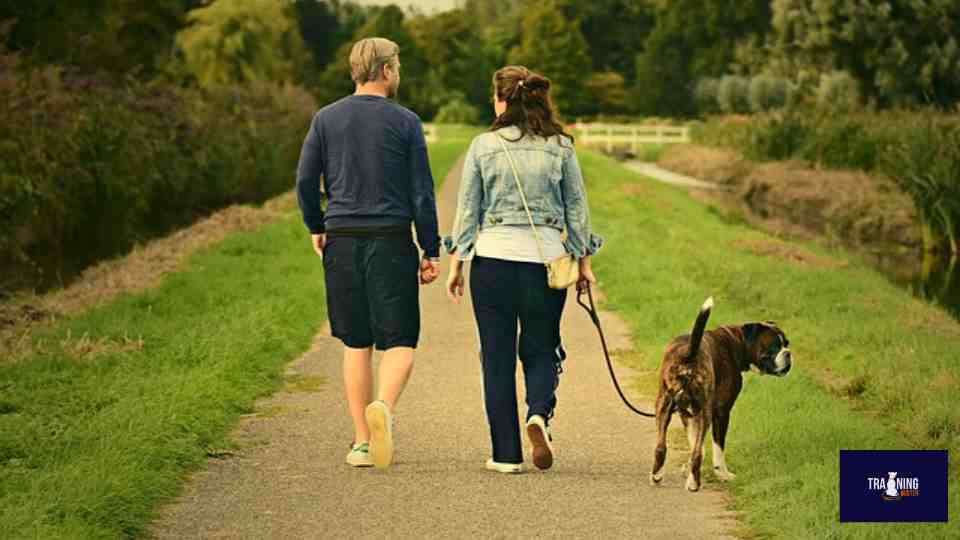
Dogs are very attuned to our emotions, daily routines, and facial expressions. They can understand when we’re sad or anxious, respond to our voices, and react to our body language.
Dogs are also dependent on us for their daily needs. We provide them with food, play, and care. So, what if we stopped providing them with care? What would our pooches do without us? Could our dogs survive without us?
Dogs do indeed still retain many of their old survival instincts. If you’ve watched your dog growl and twitch in their sleep, stalk and pounce on a leaf at the park, or chew up a toy, you know how ferocious and cunning canines can still be. But how would they cope?
One challenge would be seeking out shelter. A dog may remember that old wolf urge to dig themselves a burrow to curl up in, or could find new ways to keep warm, such as nuzzling in the undergrowth.
Then there’s the type of dog they are. Modern dogs are a complete product of artificial selection.
Humans have created breeds for specific jobs, such as rounding up sheep and cattle or driving them through harsh, snowy climates. However, even dog breeds simply developed as plush, fluffy pets have thick, soft coats that would serve them well if it were ever difficult to find shelter.
Other dogs, like greyhounds, though they lack thick coats, do still have the ability to run and hunt out prey, as long as they can find shelter afterwards.
Not all dogs would do well without their humans’ love. I can’t imagine a Chihuahua getting to grips with how to survive in the wild.
Do dogs understand our faces?
Sure, your dog looks at you and watches what you do. They understand your commands and know how to comfort you and tempt you to play. But how much do dogs really get humans?
Well, let’s take a look at this study. This study aimed to find whether dogs understood facial expressions.
The dogs involved in the study appeared to be able to discriminate between happy and neutral faces when presented with them.
However, researchers were unsure whether this was down to the dogs truly understanding the facial expressions or just extrapolating familiar cues, like the presence of teeth in a face.
In another study, dogs were asked to discriminate between hemifaces – either the top or bottom half of someone’s face. This gave researchers at the Clever Dog Lab in Vienna a chance to see if the dogs understood facial expressions or if they just understood one cue from a person’s face.
In this study, the Clever Dog researched found that the dogs truly could get to grips with the emotional expression – the dogs understood even just half of the person’s face!
This is truly amazing of a dog. They bare teeth to intimidate and tell each other to back off. Your dog could easily assume you are doing the same. Moreover, dogs don’t need explicit training to understand facial expressions. They simply pick it up on their own.
Do dogs understand our voices?
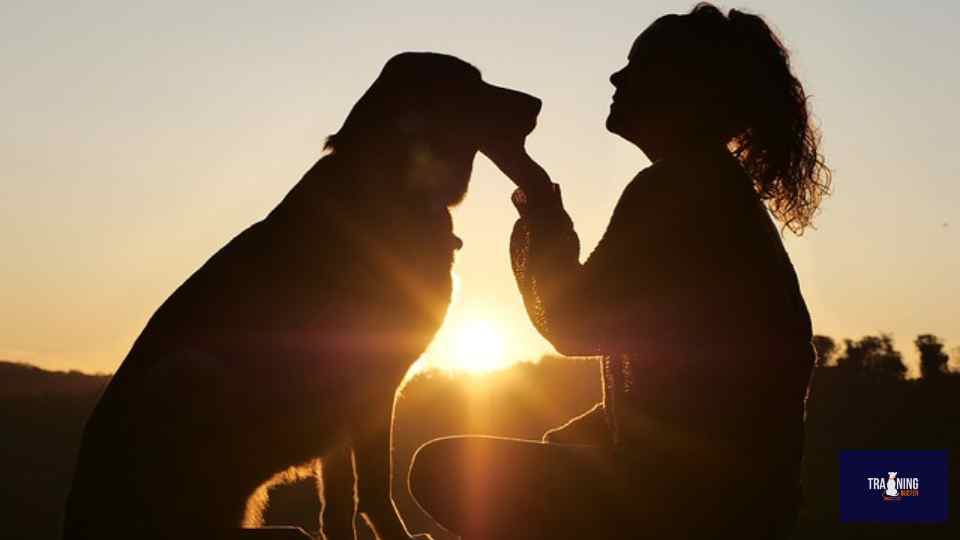
Do dogs understand what we say, or do they just guess?
In a study, dogs were shown either their owner’s or an unfamiliar person’s face. Researchers paired this image with either a vocalisation played by either their owner or an unfamiliar vocalisation.
The hypothesis was that the dogs would look surprised if the vocalisation and image didn’t match or would look longer if they did match. This is what indeed occurred! Thus, your dog undoubtedly pays attention to your voice.
Dogs have some understanding of what you’re about to do, what you’re interested in, and what you might do next.
Your dog can understand and categorise your emotional expressions and get social information from their experiences with humans. They can pair voices with facial expressions to make connections, too.
How do dogs understand our gestures?
The centuries of domestication dogs have experienced – however many there are! – have clearly had a significant effect on them.
Dogs have a remarkable ability to understand humans and follow commands from us. But get this – there are no other animals with quite this ability. Not even wolves, cats, or chimpanzees, humankind’s closest living relatives, have quite the same ability to use human communication as well as the canine can.
This incredible ability to understand and communicate with you must come from the dog’s thousands of years of domestication.
Dogs can understand gestures in various jobs, including working as guide dogs or assistance dogs.
Did you know it’s easier for dogs to understand hand gestures rather than when you point with a stick or another tool?
Many studies have demonstrated how a dog can follow even a complicated set of human command cues very well. Dogs can even quickly get to grips with novel human motions, such as you pointing in another direction or moving your hand in the opposite direction.
But what happens when you use a stick instead? Well, one study found that both swapping the hand for a stick and hiding the hand coming from the body meant worse command performance for the dog. This goes to show how important the hand is for the dog.
So, why does your dog love you so much? Whether it’s the centuries of domestication or the strong relationship you have cultivated together, it’s clear dogs can love and get along with humans very well. So, keep showing your dog love, and you’ll go far together.

